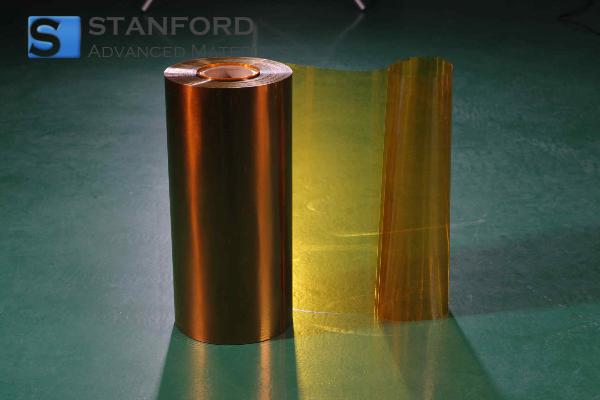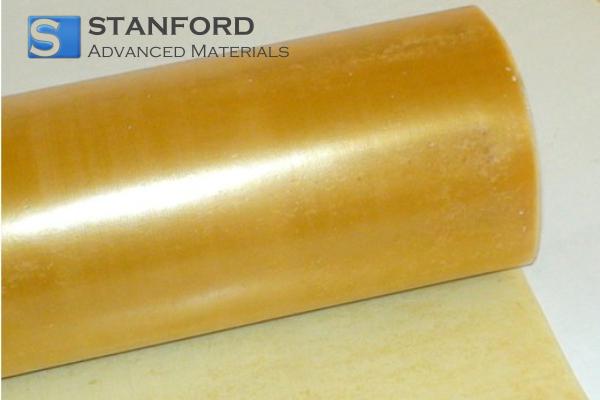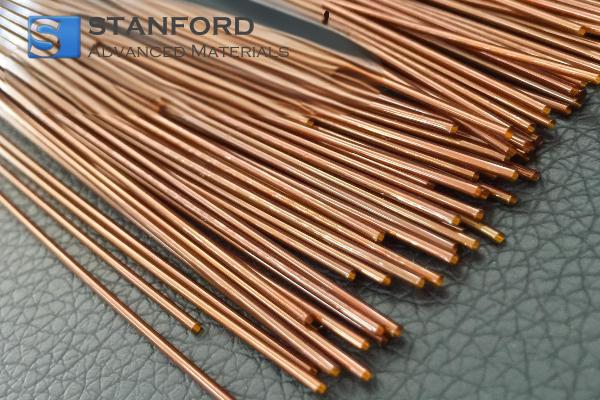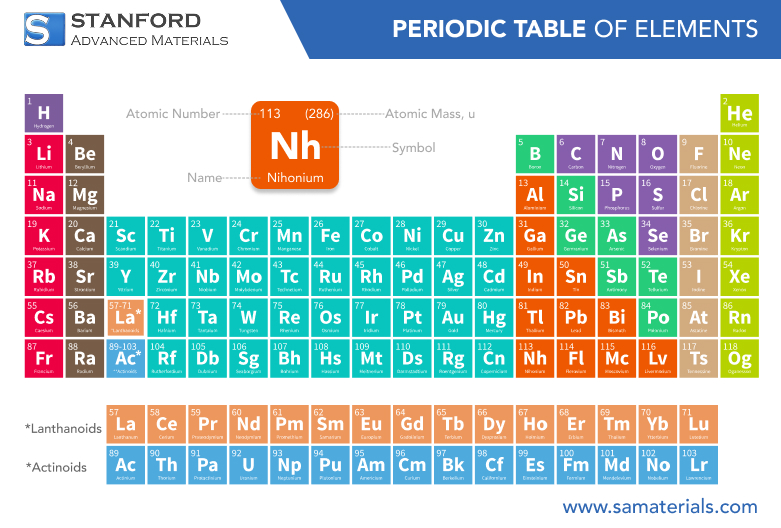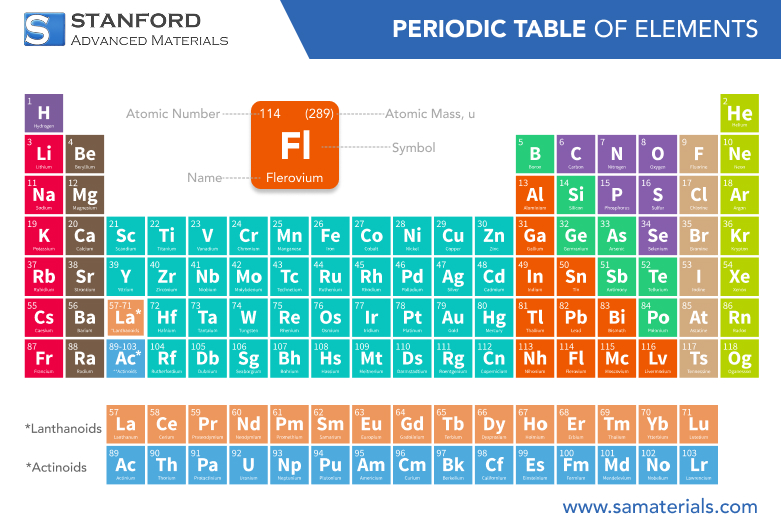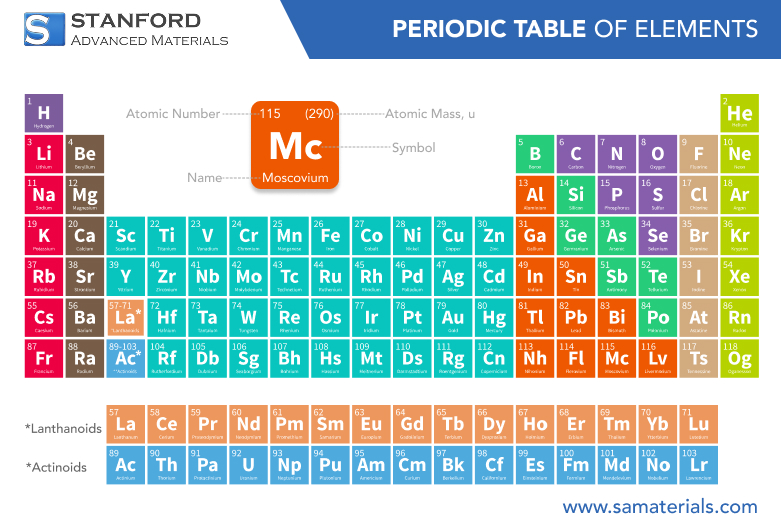Neon: Element Properties and Uses
Description
Neon is a noble gas with unique properties that make it essential in various industrial applications. This blog briefs its characteristics, uses, and preparation methods.
Introduction to the Element
Neon is a chemical element with the symbol Ne and atomic number 10. It is a colorless, odorless, and inert gas that belongs to the noble gases group on the periodic table. Neon was first discovered in 1898 by Sir William Ramsay and Morris Travers. As one of the lightest noble gases, it is abundant in the Earth's atmosphere in trace amounts, about 0.0018%. Neon is most known for its use in neon signs and lighting due to its ability to emit bright red-orange light when electrified.
Chemical Properties Description
Neon is chemically inert due to its complete outer electron shell, making it stable and non-reactive under normal conditions. It does not readily form compounds, and it is not involved in any common chemical reactions. As a noble gas, neon's atomic structure is responsible for its lack of chemical reactivity. It can only form a few compounds under extreme conditions, such as neon fluorides at very low temperatures.
Neon has an electron configuration of 1s² 2s² 2p⁶, which gives it a stable, non-polar, and unreactive nature. Its lack of chemical bonding tendencies makes it highly useful in applications that require chemical stability.
Physical Properties Data Table
Property | Value |
Density | 0.8999 g/L (0°C, 1 atm) |
-246.05°C | |
Melting Point | -248.59°C |
Atomic Mass | 20.1797 u |
Atomic Radius | 38 pm |
Electrical Conductivity | Non-conductive |
Solubility in Water | Very low |
Common Uses
Neon has various industrial and commercial uses, thanks to its unique physical properties. Some of the most common uses include:
- Neon Signs: Neon is widely used in signs and advertisements, glowing with its characteristic red-orange color when an electric current passes through it.
- Lighting: Neon lamps, especially in the form of neon bulbs, are used for decoration and lighting in art, entertainment, and even traffic lights.
- High-voltage Indicators: Neon is used in some high-voltage indicators and as a component in certain gas discharge tubes.
- Vacuum Tubes: Neon can be used in certain types of vacuum tubes due to its non-reactive nature.
· For more information, please check Stanford Advanced Materials (SAM).
Preparation Methods
Neon is primarily extracted from the Earth's atmosphere. Since neon is found in trace amounts in the air, it is isolated through a process called fractional distillation of liquefied air. In this method, air is cooled to extremely low temperatures, causing the components of the air to liquefy. Neon is then separated from other gases due to its distinct boiling point.
Neon can also be isolated from natural gas, though this is a less common method. After extraction, the neon gas is purified and stored for various industrial uses.
Frequently Asked Questions
What is the most common use of neon?
The most common use of neon is in neon signs, where the gas glows with a
characteristic red-orange light when an electric current passes through it.
Why is neon used in lights?
Neon is used in lights because it emits a bright, colorful light when
electrically excited. Its glow is distinctive and can be controlled to create
decorative lighting effects.
Is neon reactive?
Neon is chemically inert and non-reactive under standard conditions. It does
not easily form compounds due to its stable electron configuration.
Can neon be found in nature?
Yes, neon is found in trace amounts in the Earth's atmosphere. It can be
extracted through fractional distillation of liquefied air.
What other industries use neon?
Neon is also used in the creation of gas lasers, cryogenics, and certain vacuum
tubes, in addition to its primary use in lighting.

